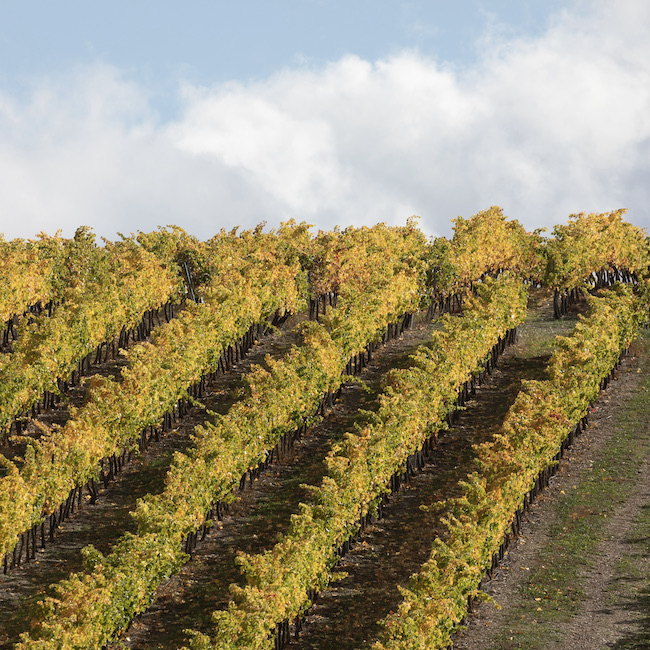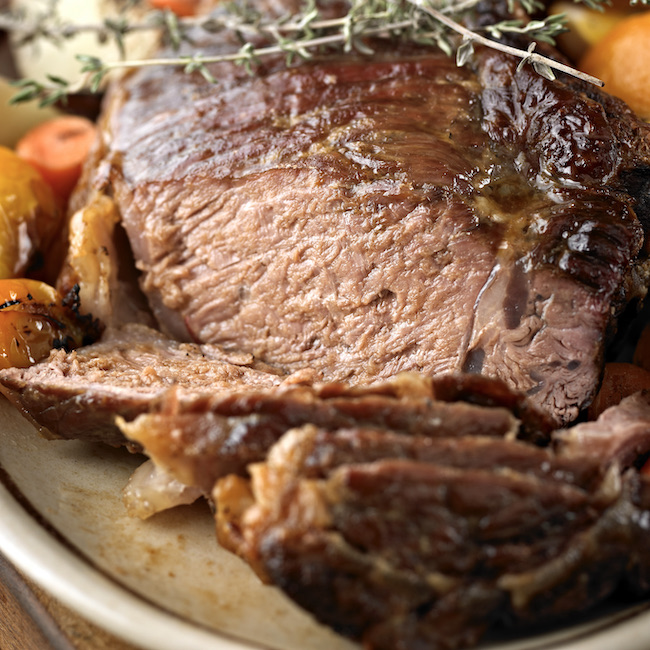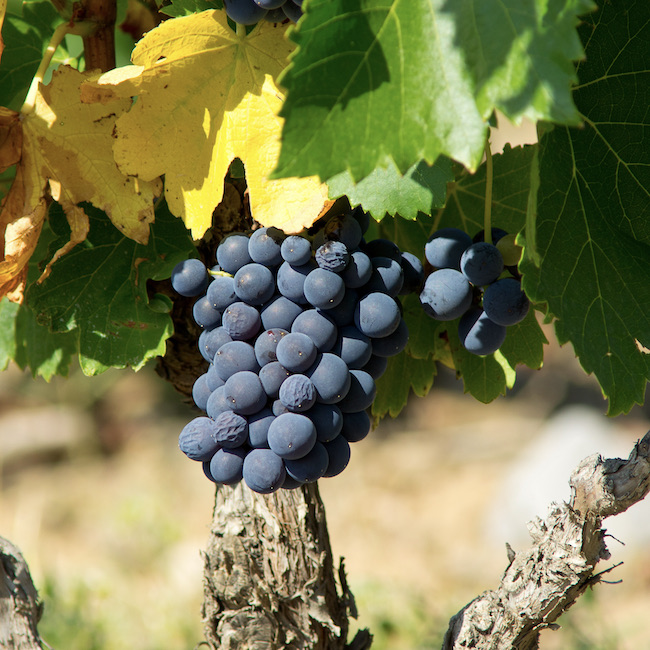.png.transform/rendition-xs/image_image%20(1).png)
Drinking Aragón: Somontano, Calatayud, Cariñena...
Did you know that there are a total of five wine growing regions in Aragón?. To celebrate the Día de Aragón, we ask Manu Jiménez, native and sommelier, for his insider tips
The Día de Aragón, celebrated in Spain on 23rd of April, serves not just this food and wine rich region, but also its patron saint, San Jorge - or Sant Jordi in Catalunya. With its buzzing capital Zaragoza, the Aragoneses of northeastern Spain enjoy influences from neighboring wine regions - La Rioja, the low Pyrenees and Catalonia, as well as their own vintner culture, which is steeped in tradition. You may be surprised to learn that there are as many as five DO wine growing regions in Aragón alone. We asked Spain Sommelier 2017 winner - and Zaragoza native - Manu Jiménez, for his insight into these wines, so that we may raise (an appropriate!) glass for the Día de Aragón.

Tell us about your background in wine
“I began my career path in hospitality and, at the age of 23, I started studying wines. Working in hotels, I then started collaborating with the Association of Sommeliers of Aragón. Between 2013-2015 I worked in Norway, where I learned about world wines in the hotelier industry. Norway has an important monopoly on imports, so you have access to a lot of wines from all over the world. I took my sommelier role seriously, working with clientele from everywhere and, on my return to Spain in 2015, I started competing in sommelier contests - winning Sommelier of Spain in 2017. Working closely with other top sommeliers of Spain, I form part of a team of ambassadors of wines from Aragón and I handle distribution of wines from our region.”
How important are Spanish wines today in the global wine industry?
“Spain has always been an important pillar in wines from the Old World but people previously only thought about Spanish wines through their knowledge of La Rioja. In the last 10 years or so, the idea of wine from Spain has diversified - consumers are discovering wines from the rest of Spain. For example, the idea of a Spanish Garnacha wine is now almost as important as the famous wine growing DOs here. There are many more lines of trending Spanish wines, for example, the phenomenon in Northwestern Atlantic wines, that are almost in a category of their own in many markets, like Ribera del Duero obviously, with many more wines creating waves of their own. Priorat, Bierzo, the world of sherry - these producers are becoming more well-known.”

What types of wine are characteristic of Aragón?
“We are lucky to have so much diversity, both historically and geographically - the Garnacha grape varietal was born in between La Rioja and the river Ebro. Within our ecosystem today, we can find many different styles of Garnacha owing to the region of Aragón, and it is one of our most important wines. We can describe many different landscapes in Aragón using the Garnacha varietal. The region also has a lot of diversity - the border with France in the Pyrenees adds a French influence to the wine styles, with varietals such as Cabernet or Merlot. But then in the rest of Aragón we have different terroirs, including the chalky terroir of Calatayud or the mid-mountain areas of Cariñena and Campo de Borja, plus other zones that are gaining a lot of attention thanks to their tiny production areas that have spanned centuries.”
For a first-timer of Spanish wines, what would you explain about Aragón wines and what would you recommend?
“First, try a Garnacha white wine, from the Campo de Borja, to understand what a Garnacha wine should be - juicy, with a lot of fruit. I would also suggest a Macabeu, another white wine that for Aragoneses is like a local grape varietal - in Rioja it’s known as Viura. Then, with a more international profile, pick a Somontano red wine, to explain the diverse terroir. You could choose a fun, easygoing wine for any occasion or a more serious wine style to impress.”
How should we celebrate Aragón Day in food and wine?
“I’m going to tell you one of the most classic recipes for doing so: if you had a Sunday dinner it would be an asado ternasco (which has its own DOP in Aragón) - roast lamb with potatoes and prunes (as we do, at home). A great pairing with wines from here would be a light Garnacha from the foothills, full of mountain herb aromas. This is the manner in which we would celebrate the day.”

Is there anything else we should know about wines from Aragón?
“What consumers need to understand is that Aragón is lucky to be able to produce a variety of bubbly white, rosé, classic reds and complex wines - and all encircling a tradition built by many centuries of winemaking. What’s more, there are two Masters of Wine producing wines here. Wine Spectator ranks our wines very highly, because there are some amazing Aragón wines to be found in fine dining. We have great price-value wines but also wines in some of the best Michelin starred restaurants from here to Tokyo.”
Thanks Manu! To wrap things up, here’s what you can expect from Aragón’s DO regions:
Denominación de Origen Calatayud - characterized by its rivers and mountainous areas on the outskirts of Zaragoza, these wines are mainly garnacha tinta, and elegant, young or aged.
Denominación de Origen Campo de Borja - northeast of Zaragoza and situated by the Valle de Ebro, monks from Veruela had a lot of impact on this wine growing history, centered around Garnacha. Campo de Borja has been labeled “the empire of Garnacha”.
Denominación de Origen Cariñena - The oldest of Aragón’s DOs, this region is noted for its variety of red, white and rosé wines and the cariñena grape variety in different microclimates.
Denominación de Origen Somontano - Mountainous by nature, this region usually produces higher acidity, fruity wines with intense aromas, thanks to some unique environmental factors.
Denominación de Origen Aylés (Vino de Pago) - With a similar concept to paraje wines, wines from this small region are classified by their specific traits, hailing from Mezalocha, Zaragoza.


